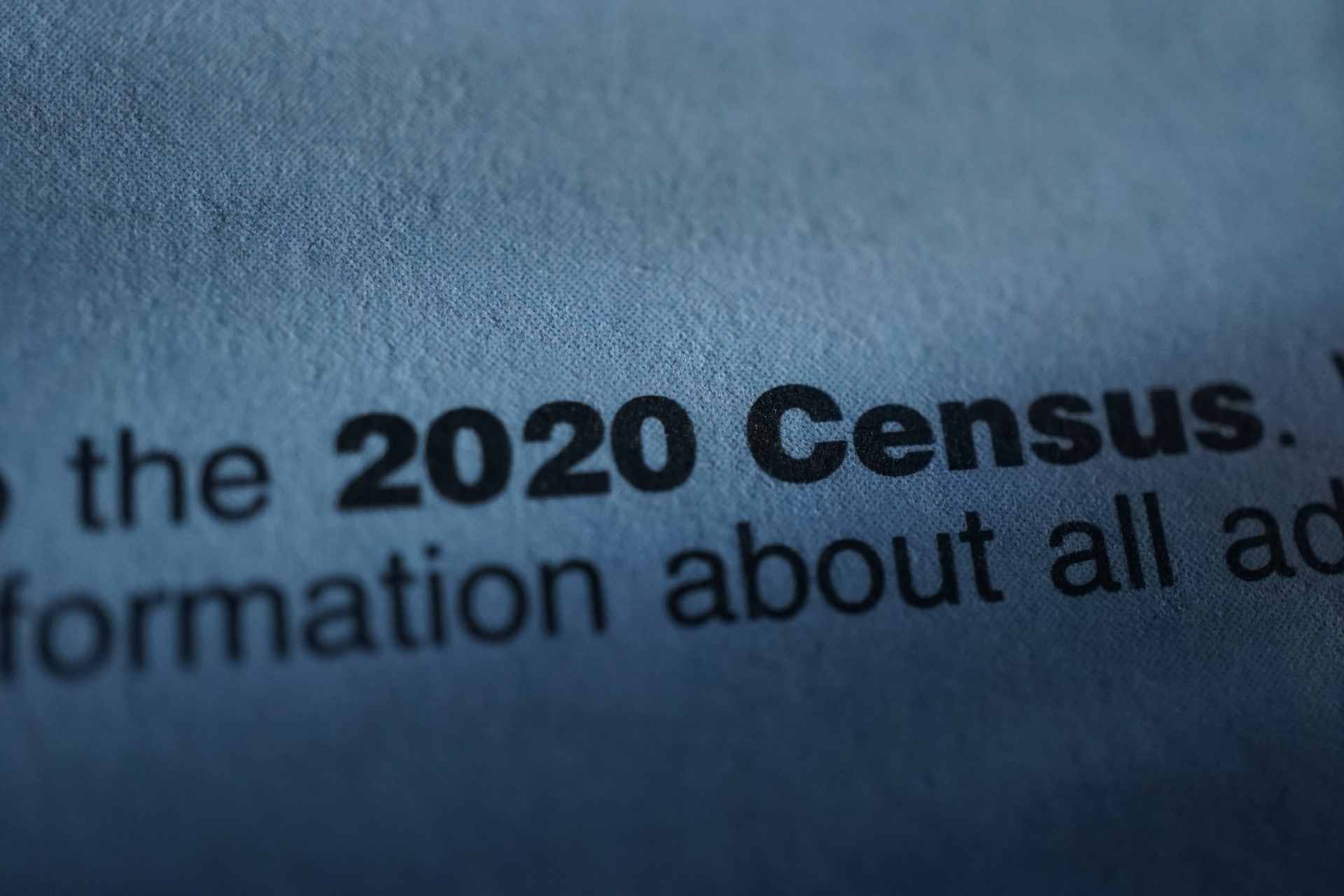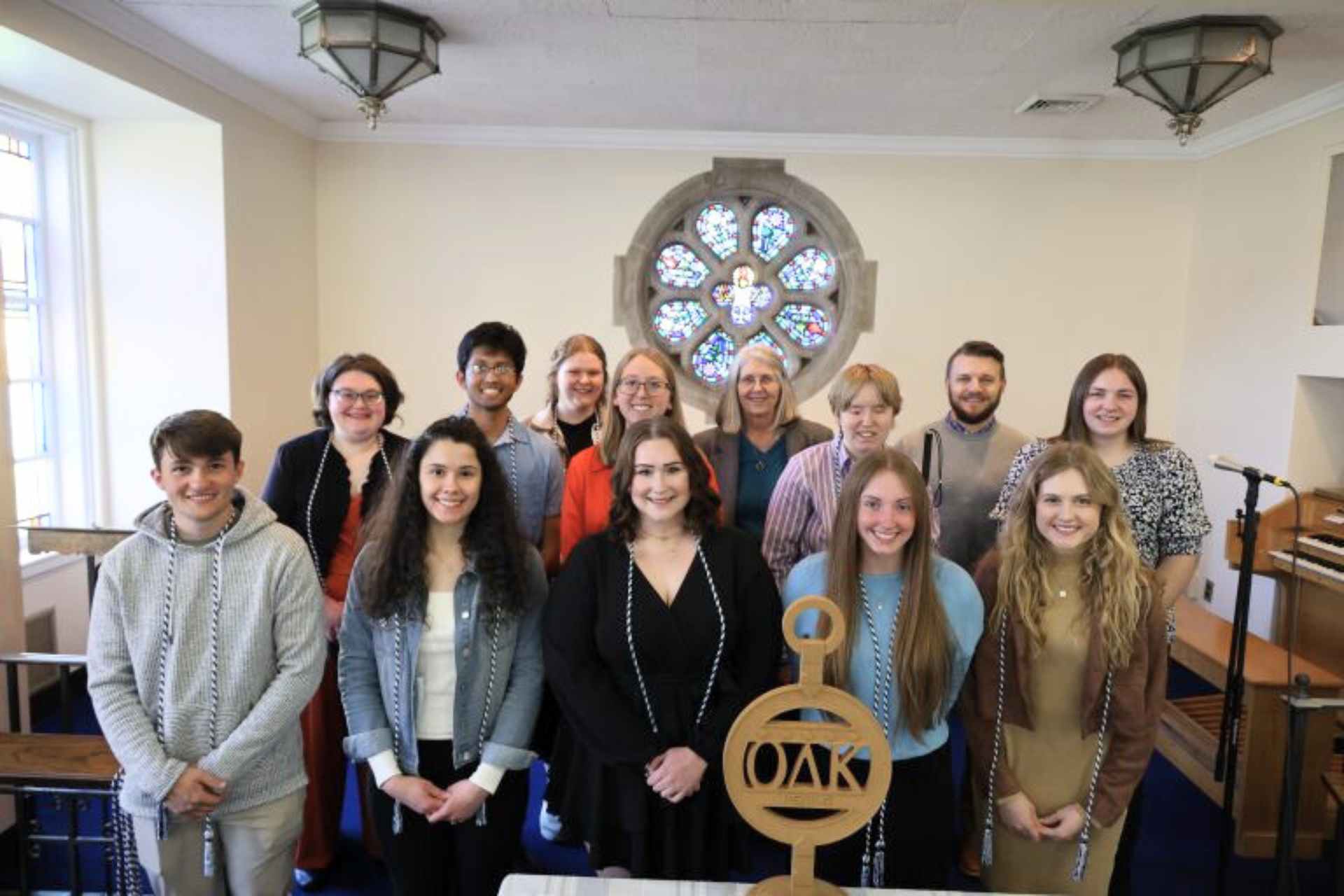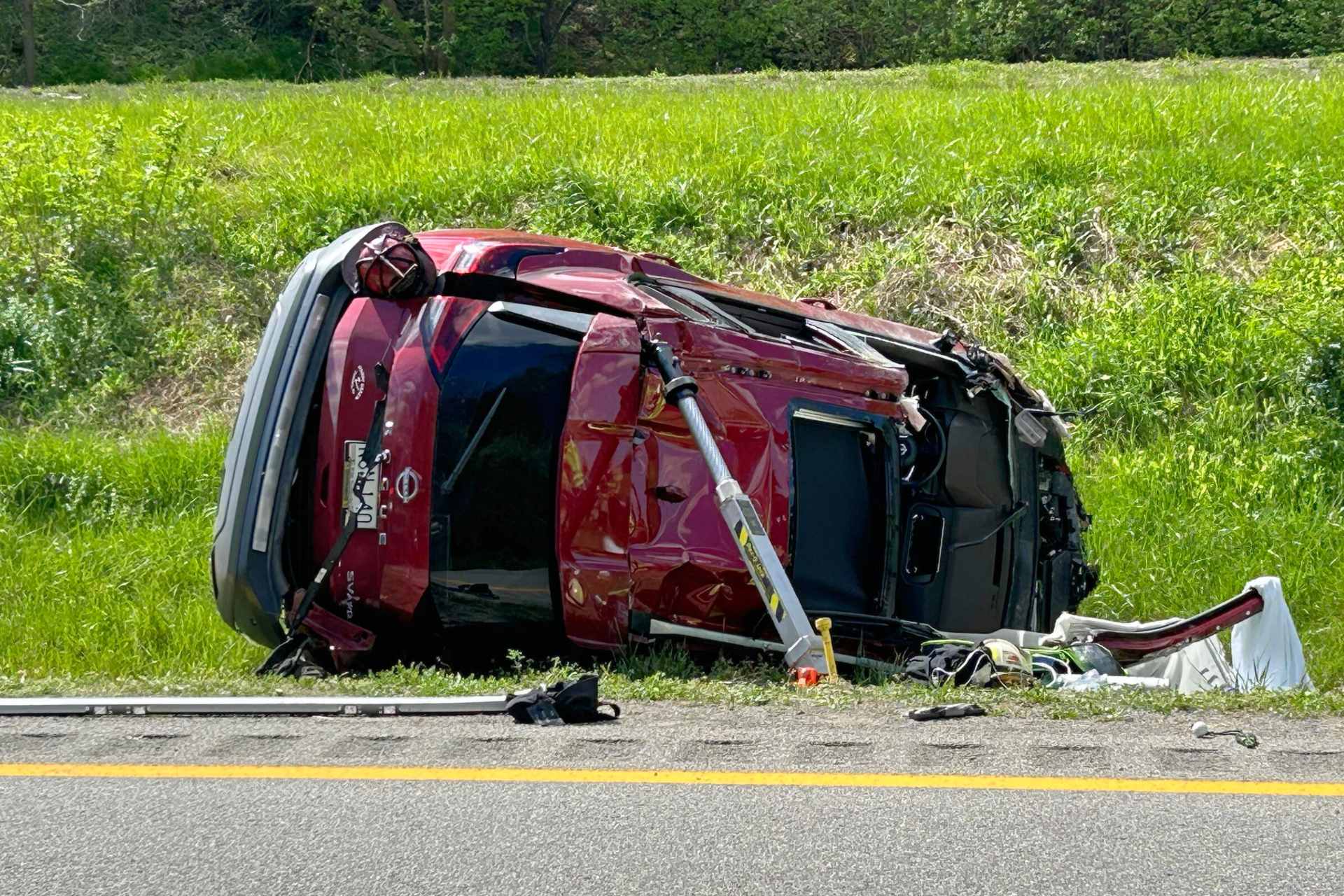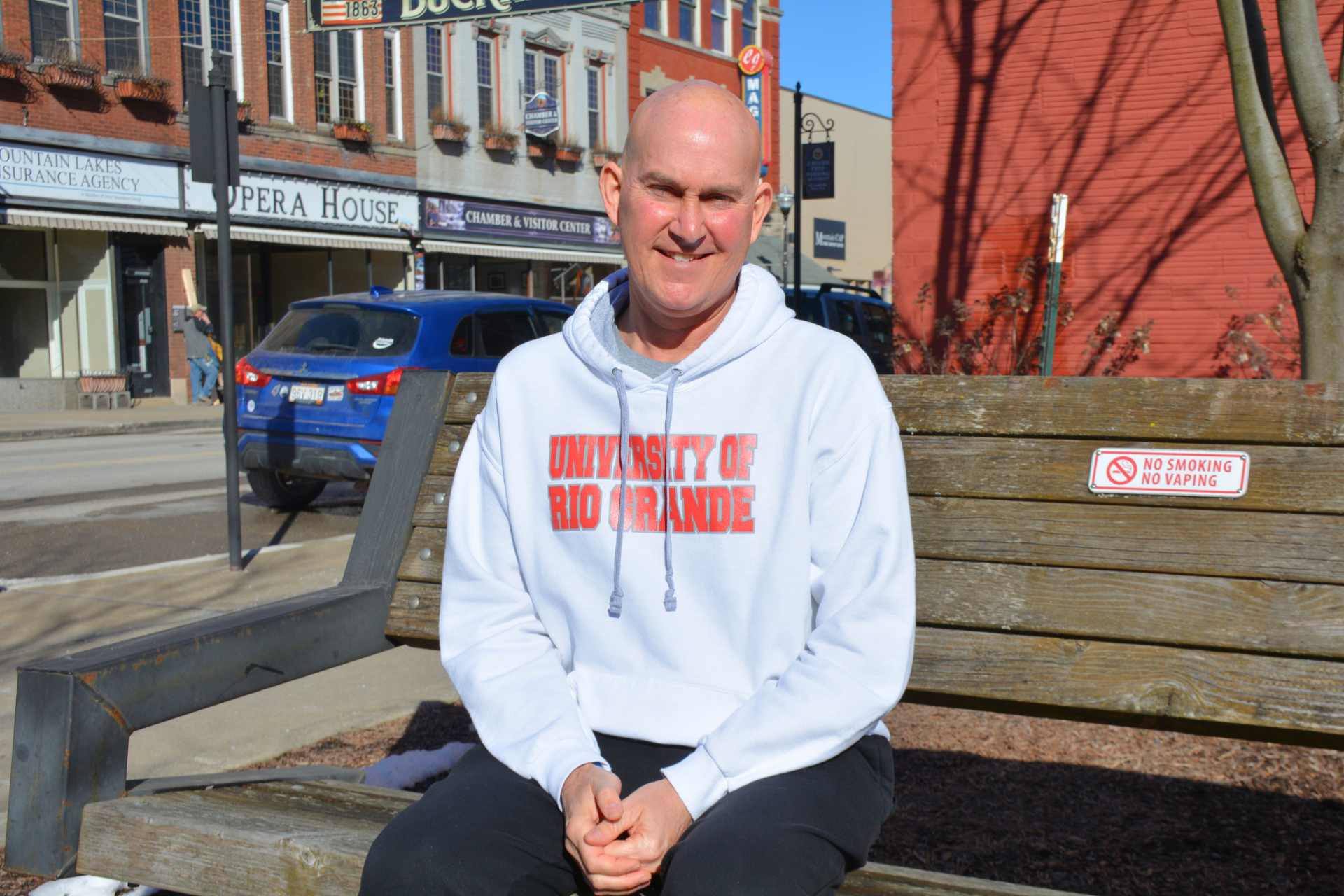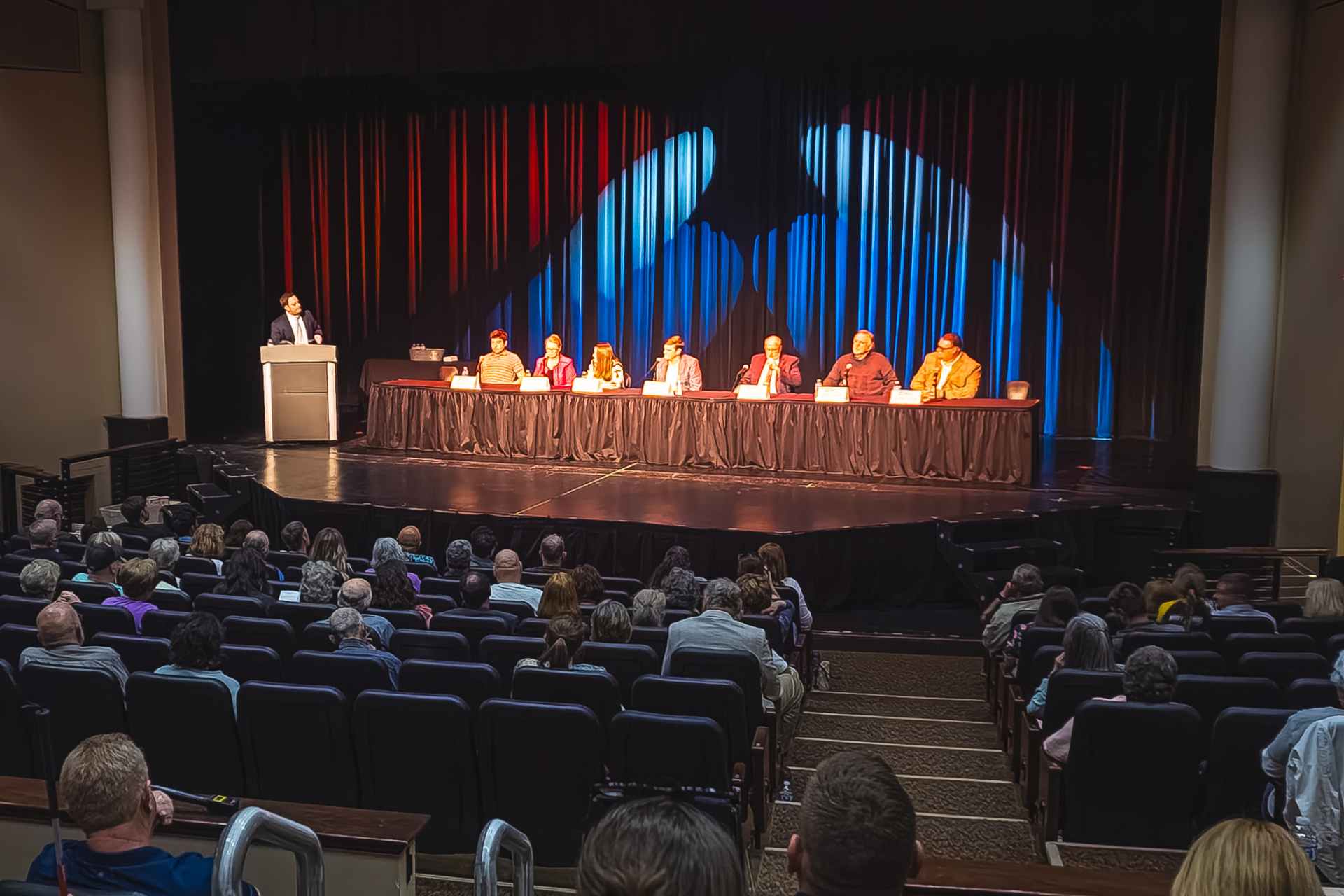Editor’s note: This story was originally published by Mountain State Spotlight.
By Douglas Soule, Mountain State Spotlight
The first round of 2020 U.S. Census data is in, and as expected, West Virginia has lost more residents and another congressional seat.
There are 1,793,716 people living in the Mountain State. There are also an additional 1,329 West Virginians living overseas, such as U.S. military members and federal civilian employees and their families.
West Virginia, one of three states to lose population since 2010, had the largest percentage loss of any state at 3.2%, according to the data released Monday. Though there have been some years with slight upticks, the population has been on an overall decline since the 1950s, according to census results.
Ultimately, West Virginia is the only state to have fewer residents now than it did 70 years ago, according to PolitiFact.
As a result, West Virginia will lose one of its three U.S. House of Representatives seats in 2022, and the state may also lose some federal funding linked to its population. But there are a lot of unanswered questions, too: redistricting won’t happen until the government releases more census data later this year, so it’s unknown how the state’s congressional districts will be split, and which of its current three representatives could be competing against each other for reelection.
Federal representation
In 1950, West Virginia voters sent six U.S. House representatives to Congress. But House representation is based on how the country’s population is split among the 50 states, and now West Virginia will be down to two congresspeople after the next election. With the state’s two U.S. senators, West Virginia will have four voices in Congress total after the 2022 midterm election. Since the size of a state’s congressional delegation determines the amount of electoral votes it has, West Virginia will go from five to four electoral votes in future presidential elections.
“West Virginia losing its congressional seats diminishes our political clout and representation in Washington, which is unfortunate, but that’s the consequences of losing population,” said Mike Plante, founder of Plante & Associates, a West Virginia political consulting firm.
In the short term, some of the effects of West Virginia’s waning clout may be tempered by U.S. Sen. Joe Manchin, who has gathered outsized influence in Congress both for being the chairman of the Senate Energy and Natural Resources Committee and a deciding vote on legislation in the evenly-split Senate, since he is considered the most conservative Democrat in the chamber.
Plante said the state’s smaller delegation will mean more work gets spread across the representatives’ plates. According to an analysis done by Election Data Services using Census Bureau estimates from July 2020, West Virginia’s two representatives will each represent more people than congressional representatives do in 45 other states.
Right now, Rep. David McKinley represents the 1st Congressional District, which covers the northern part of the state. Rep. Alex Mooney’s 2nd Congressional District makes up the state’s central portion, including Charleston, and most of its Eastern Panhandle. Rep. Carol Miller, who holds the 3rd Congressional District seat, represents West Virginia’s southern counties.
The new district map cannot be determined until redistricting data is released in late summer
According to Politico, the “most likely map” splits the state into northern and southern districts. All three current West Virginia representatives told Inside Elections that they plan to seek reelection but will reconsider once the state Legislature redraws the district maps in the fall.
If all do run, 2022 will pit two incumbents against one another. That happened the last time West Virginia lost a congressional seat, when Rep. Alan Mollohan defeated fellow Democratic incumbent Rep. Harley Staggers Jr. in the 1992 election.
West Virginia is one of seven states that will lose a congressional seat due to the new results.
Federal money
Besides congressional representation, census data guides large allocations of federal money.
In fiscal year 2016, West Virginia received $6.7 billion in federal funds guided by data derived from the 2010 Census, according to data compiled by Andrew Reamer, a research professor at George Washington University. The state relies on such funding more than any other state: federal funding represents more than 16.5% when it’s calculated as a percentage of personal income in the state; the national average is 9%.
This money matters a lot to West Virginia. It goes to Medicaid, Pell Grants, food assistance, education and a host of other public services and programs.
State officials estimated only 74% of the state’s population responded to the 2010 census, and pushed to increase participation this time around. Gov. Jim Justice created the West Virginia Complete Count Commission to educate citizens about the census and encourage them to participate, and later committed $1 million from his contingency fund to the effort.
“We have absolutely left tens and tens of millions of dollars [in federal funding] on the table for years,” Justice said.
Reamer said in an interview last week that an accurate count ensures West Virginia gets a fair share of federal funding.
“And if it doesn’t, if it’s undercounted, it will lose some money,” he said.
Reamer said it’s too early to say how many people could have been missed during the census count or double-counted; that information will be released later in the year. But with West Virginia’s declining population, it does stand to lose money.
How much money is unknown, Reamer said, due to the complex variety of formulas used to distribute the funds.
It’s a wait and see situation, as Sean O’Leary of the West Virginia Center on Budget and Policy puts it.
O’Leary said in an interview last week that he doesn’t think any programs are at risk of going completely away due to the state’s declining population, but some may “have to do a little bit more with a little bit less.”
The population decline
West Virginia lawmakers have tried to address the state’s declining population for years. This past legislative session, much attention was put on repealing the income tax with hopes of drawing people in, though lawmakers ultimately didn’t pass any of the proposed measures. A public-private partnership with a similar goal recently launched a program that pays remote workers $12,000 to move to West Virginia following a $25 million donation by private donors.
Christiadi, a research associate with the West Virginia University Bureau of Business and Economic Research, said changing the state’s downward momentum in population won’t be easy.
“That’s the million dollar question,” he said in an interview last week.
More people are leaving the state than entering it, and more residents are dying than being born. Christiadi said getting young people to migrate into the state and creating the jobs to attract them is key. West Virginia ranks third in the nation for the percent of its population over age 65.
Some young West Virginians cite a lack of economic opportunities and controversial decisions by state lawmakers as an impetus for youth flight.
Christiadi says he sees a lot of WVU students who say they cannot wait to leave the state once they graduate. And the loss of young, bright people ultimately leads to a decline in productivity and innovation within state lines, he said.
And a declining population puts more than federal dollars at risk. No matter the participation in the 2020 census, Cristiadi pointed out that fewer people means a corresponding decline in state taxpayers, which lowers tax revenue and the quality of public services it funds. Many counties are already struggling financially for that very reason.
Reach reporter Douglas Soule at douglassoule@mountainstatespotlight.org.
